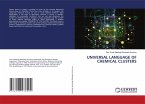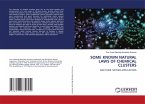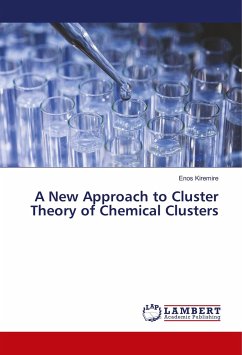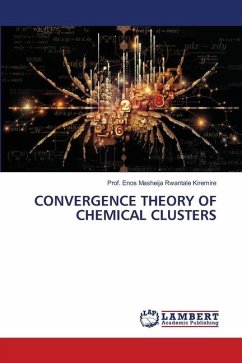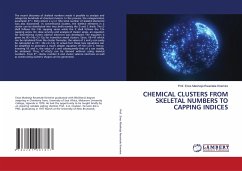The chemical clusters analyzed and categorized in this book demonstrate the fact that the driving force behind the chemical reactions is the desire for the nodal points of each chemical element in the cluster ATTAINS A NOBLE GAS CONFIGURATION. Just like a hydrogen ligand (H), a skeletal linkage to a nodal point in a cluster behaves as SINGLE ELECTRON DONOR. Regarding electron counting at a NODAL POINT, it has been found easier to consider electrons on the skeletal element as an INTERNAL VALENCY ( V1 ) AND THOSE DONATED BY SKELETAL LINKAGES AND LIGANDS AS EXTERNAL VALENCE (V2). The sum of V1+V2=8 FOR MAIN GROUP ELEMENTS, V1+V2=18 FOR TRANSITION ELEMENTS AND V1+V2=32 FOR LANTHANIDES/ACTINIDES. A wide range of examples to illustrate this concept for main group and transition elements are provided in this book.
Bitte wählen Sie Ihr Anliegen aus.
Rechnungen
Retourenschein anfordern
Bestellstatus
Storno


